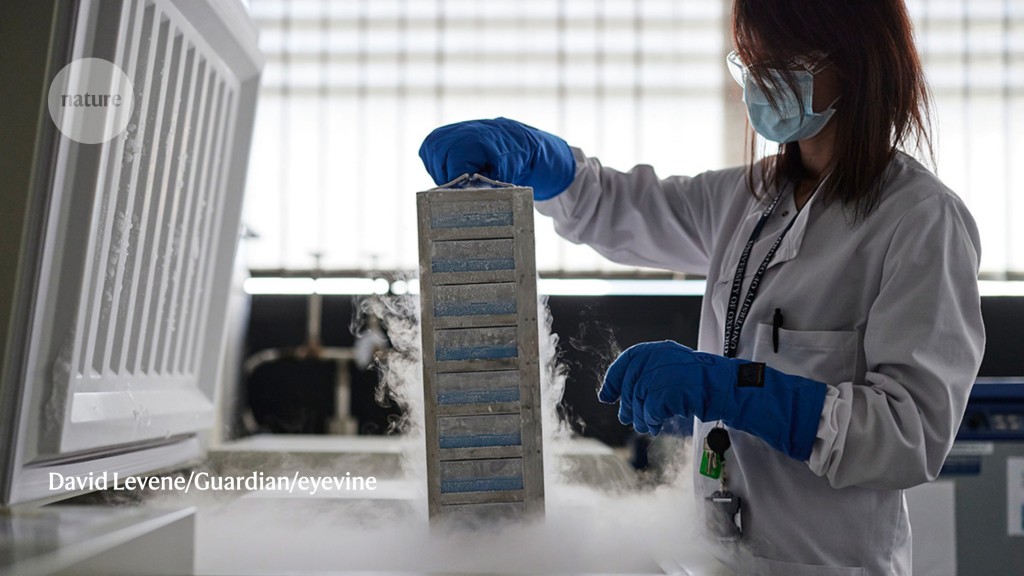The response of a New York City economics professor to COVID-19: From the Manhattan Project to the UK, the Mercedes High Performance Powertrains Company to the Ventura breathing aid
Bhaven Sampat, an economist from Columbia University in New York City, says the response of scientists and inventors to the COVID-19 crisis is akin to the approach taken during the Second World War. Sampat co-wrote a paper4 for the US-based National Bureau of Economic Research that explored the parallels between the two world-altering calamities. Both crises were urgent, high-stakes and unexpected. Although the Second World War inspired the Manhattan Project, a top-secret multinational effort to build an atomic weapon, COVID-19 triggered an international race to develop vaccines.
Vaccines are the clearest example of COVID-driven innovation. It took up to a decade for a new vaccine to be developed. But in November 2020, less than a year after the SARS-CoV-2 virus was identified, the World Health Organization counted 220 vaccine candidates. By that time, three vaccines produced by Pfizer–bioNTech, Oxford–AstraZeneca and Moderna had been shown to be at least 98% effective in trials.
A new COVID-19 technology emerged from partnerships between universities and companies. Responding to a shortage of ventilators, researchers at University College London and University College Hospital worked with Mercedes High Performance Powertrains, a company in Brixworth, UK, that manufactures parts for Formula One cars, to develop the Ventura breathing aid, a mechanical device used to open the airways of critically ill patients.
During the pandemic, many universities stripped down the bureaucracy that limited how grants could be spent and found ways to prioritize the most potentially impactful research, Ulrichsen says. The result was an industry-inspired approach to speed up the research, development and commercialization of new products. An analysis1 published in January 2021 found that, in general, universities were able to bring products to market just as rapidly as private companies.
Preprint use also rocketed in the early days of the pandemic, including nearly 2,000 papers published on medRxiv, the health-sciences preprint server, in the month of April 2020 alone. The rate of retractions was not different from research in general despite some concerns about publishing too fast. There were 14 preprints and about 20 published articles that had been withdrawn or flagged for serious concerns by late July 2020.
Innovation Success: A Study of the World Intellectual Property Organization’s Innovation Index and Research Institutions’ Patent Influence on Innovation Metrics, and an Analysis of The Lens Database
The crisis may have brought out different types of innovation, Paunov says. Government agencies and non-profit organizations that put out calls for new ideas or products were suddenly hearing from first-time contributors. It shows a lot of potential in the area of innovation.
Both initiatives were ultimately successful, but the paths had distinct differences. The military used a lot of the innovation in the Second World War. It is much more difficult to change behaviour when you need civilians and firms with different goals and perspectives.
The World Intellectual Property Organization’s Global Innovation Index rankings of the world’s economies on innovation-related metrics is combined with data on researcher density to assess some of the possible factors behind innovation success. An analysis of the research institutions leading on one particular innovation measure, patent influence, using data from The Lens database is included in the supplement.
